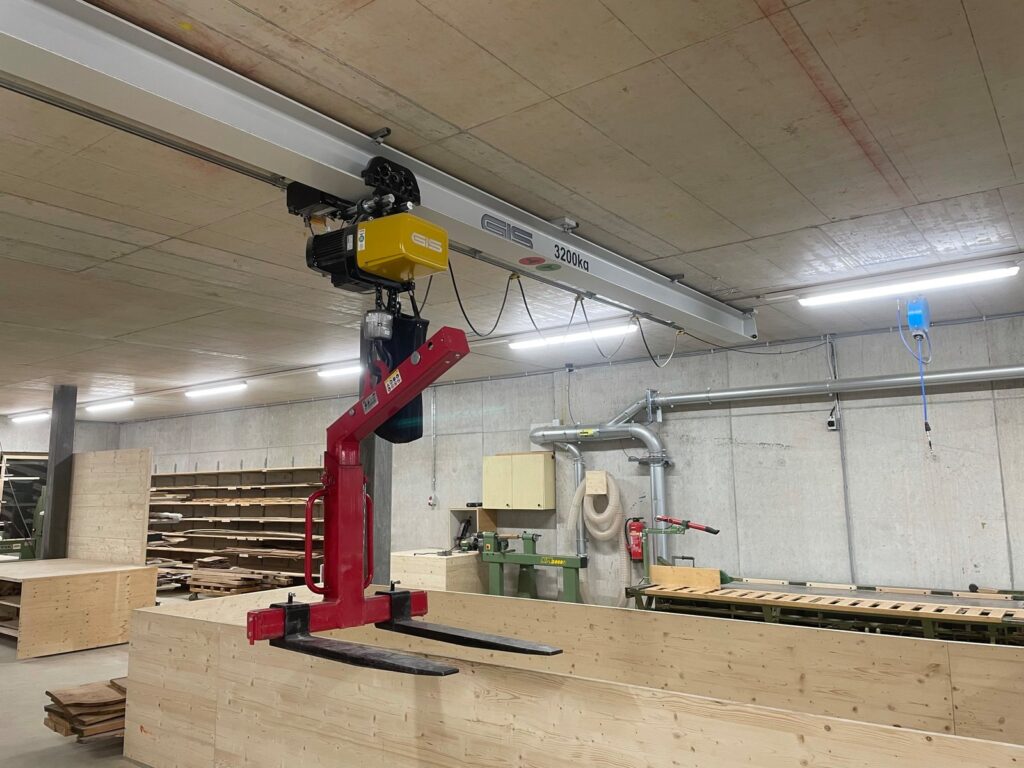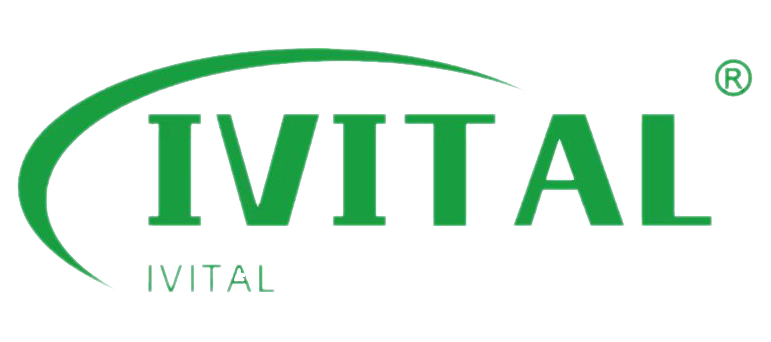Electric chain hoists are transforming workplaces by enhancing safety and improving operational efficiency. In industries that require heavy lifting, these hoists are essential tools, reducing the risk of injury while also speeding up processes.

What Are the Safety Benefits of Using Electric Chain Hoists?
Electric chain hoists significantly improve safety in the workplace by minimizing manual lifting, which is prone to cause injuries.
Key Safety Advantages:
- Reduced Physical Strain: With the hoist handling heavy lifting, workers avoid the physical strain that can lead to injuries like strains and sprains.
- Overload Protection: Many hoists come with overload protection, which prevents lifting beyond the hoist’s rated capacity, reducing the risk of damage or failure.
- Emergency Stop Button: Hoists are equipped with an emergency stop feature that halts operations immediately if danger arises.
- Anti-Drop Devices: These features ensure loads stay secure during lifting, even in case of power loss or mechanical failure.
High-speed electric hoists further improve safety by offering precise control, reducing the risk of load instability.
Dive Deeper: How Do These Features Prevent Accidents?
- Anti-Sway Technology: Some hoists come with technology to prevent load swaying, a common risk when using manual methods.
- Automatic Load Testing: Certain hoists check the weight of the load automatically to ensure it doesn’t exceed the safe limit, which adds a layer of security.
How Do Electric Chain Hoists Enhance Operational Efficiency?
Electric chain hoists improve efficiency by speeding up the lifting process and reducing labor-intensive tasks.
Efficiency Benefits:
- Faster Operations: Unlike manual lifting, electric hoists can move heavy loads quickly, improving workflow.
- High-Speed Lifting: High-speed electric hoists are designed for tasks that require quick lifting, reducing delays in operations.
- Easy-to-Use Controls: Simple controls allow workers to operate hoists with minimal training, reducing downtime.
- Precision Lifting: Hoists offer accuracy in positioning heavy loads, ensuring fewer errors and less material damage.
These efficiency improvements lead to smoother operations and increased productivity.
Dive Deeper: How Do Electric Hoists Improve Workflow?
- Automation Integration: Some hoists work alongside other automated systems, optimizing the overall process in industries like manufacturing.
- Worker Fatigue Prevention: By eliminating strenuous lifting, hoists prevent worker fatigue, which boosts overall performance during long shifts.
Can Electric Chain Hoists Lower Labor Costs?
Electric chain hoists lower labor costs by automating heavy lifting tasks and reducing the number of workers needed on-site.
Labor Cost Savings:
- Reduced Workforce Needs: With hoists handling lifting, fewer workers are needed to perform manual tasks.
- Minimized Physical Strain: By reducing physical labor, workers can focus on more skilled tasks, improving productivity.
- Cost Savings: Hoists decrease operational costs by automating the lifting process, allowing businesses to allocate resources elsewhere.
This leads to reduced operational costs while improving efficiency and output.
Dive Deeper: How Does Automation Affect the Workforce?
- Increased Operational Flexibility: Fewer workers are needed for heavy lifting, allowing businesses to allocate labor where it’s most needed.
- Employee Satisfaction: Workers appreciate the reduced physical demand, which can lead to better job satisfaction and lower turnover rates.
How Are Electric Chain Hoists Used Across Various Industries?
Electric chain hoists are highly versatile and find applications in a wide range of industries, improving both safety and productivity.
Industry Applications:
- Construction: Used for lifting heavy materials like steel beams and concrete.
- Manufacturing: Essential for moving machinery parts and large assemblies.
- Warehousing: Help transport pallets and other heavy items quickly and safely.
- Automotive: Often used to lift engine parts or heavy components on assembly lines.
High-speed electric hoists are especially useful in high-volume, time-sensitive operations, such as production lines, where quick lifting is critical.
Dive Deeper: Industry-Specific Benefits
- Construction Sites: Hoists are ideal for lifting materials in tight spaces where manual lifting would be impractical or dangerous.
- Automotive Assembly Lines: High-speed hoists keep the production line moving smoothly, helping reduce downtime.
How Do Electric Chain Hoists Minimize Downtime?
Electric chain hoists are designed to be durable and require minimal maintenance, helping reduce downtime.
Maintenance Benefits:
- Routine Inspections: Regular checks, such as inspecting chains, hooks, and motors, extend the hoist’s lifespan.
- Lubrication: Proper lubrication helps prevent unnecessary wear on moving parts.
- Quick Repairs: Hoists are built for easy troubleshooting, ensuring repairs are done quickly with minimal downtime.
Proper maintenance ensures that hoists continue to function efficiently, reducing costly disruptions.
Dive Deeper: How Does Smart Technology Contribute to Maintenance?
- Predictive Maintenance: Some models come with smart features that provide real-time data, predicting when maintenance will be needed and reducing unexpected breakdowns.
- Easier Part Replacements: Hoists are designed for easy part replacements, ensuring faster repairs.
What Innovations Are Shaping the Future of Electric Chain Hoists?
Electric chain hoists are evolving with new technologies that improve efficiency, safety, and adaptability.
Technological Advancements:
- Smart Hoists: New models incorporate smart technology for real-time monitoring and predictive maintenance.
- Wireless Controls: High-speed electric hoists now feature wireless controls, allowing operators to manage hoists from a safe distance.
- Energy Efficiency: Modern hoists are designed to be more energy-efficient, helping businesses reduce operational costs and meet sustainability goals.
These advancements promise even better performance, making electric hoists indispensable for the future.
Dive Deeper: How Are Smart Hoists Changing Operations?
- IoT Integration: Hoists are increasingly integrated with other systems, collecting performance data that can be used to optimize production workflows.
- Eco-Friendly Hoists: The latest models are designed to meet environmental standards, reducing energy consumption and supporting sustainability goals.



